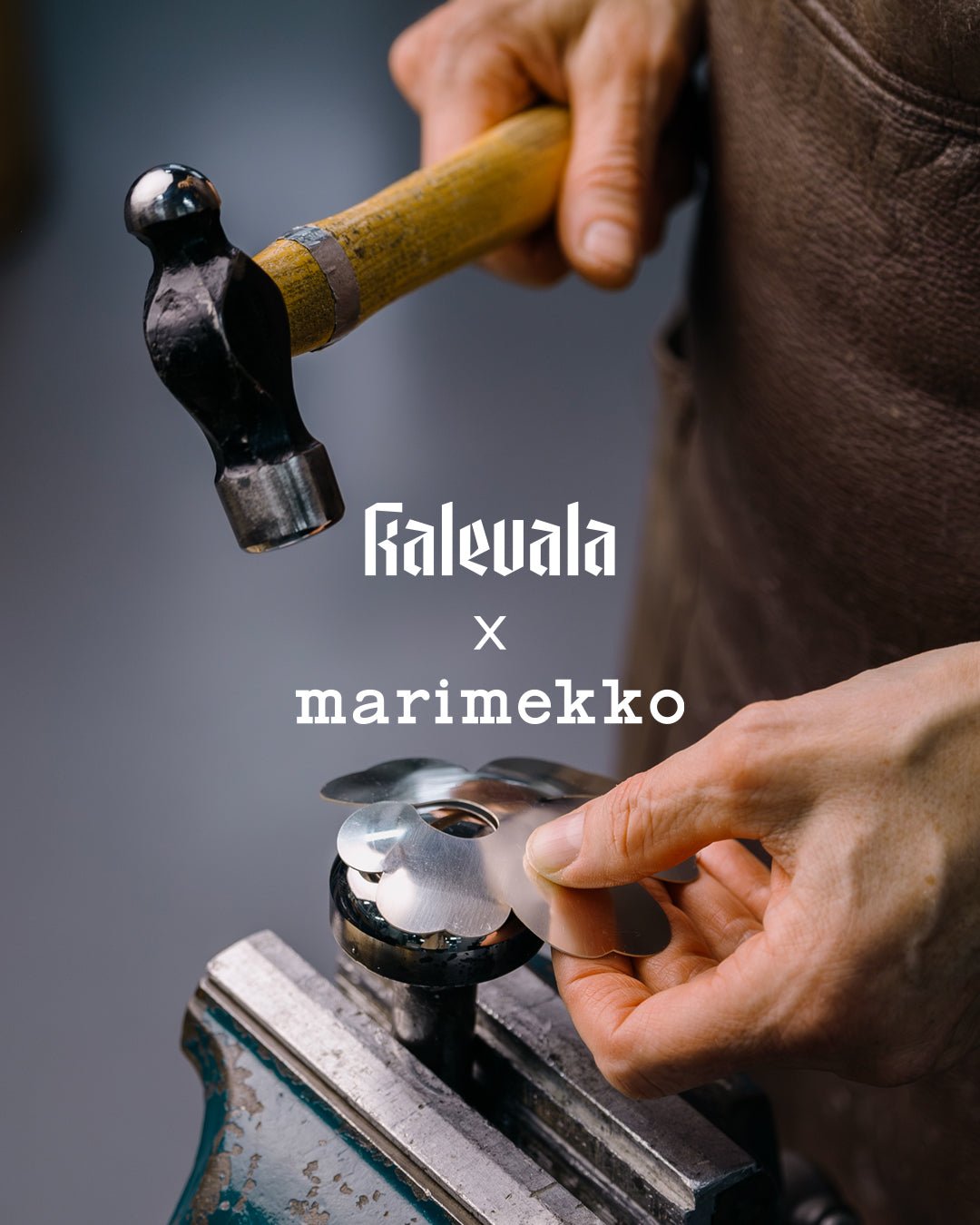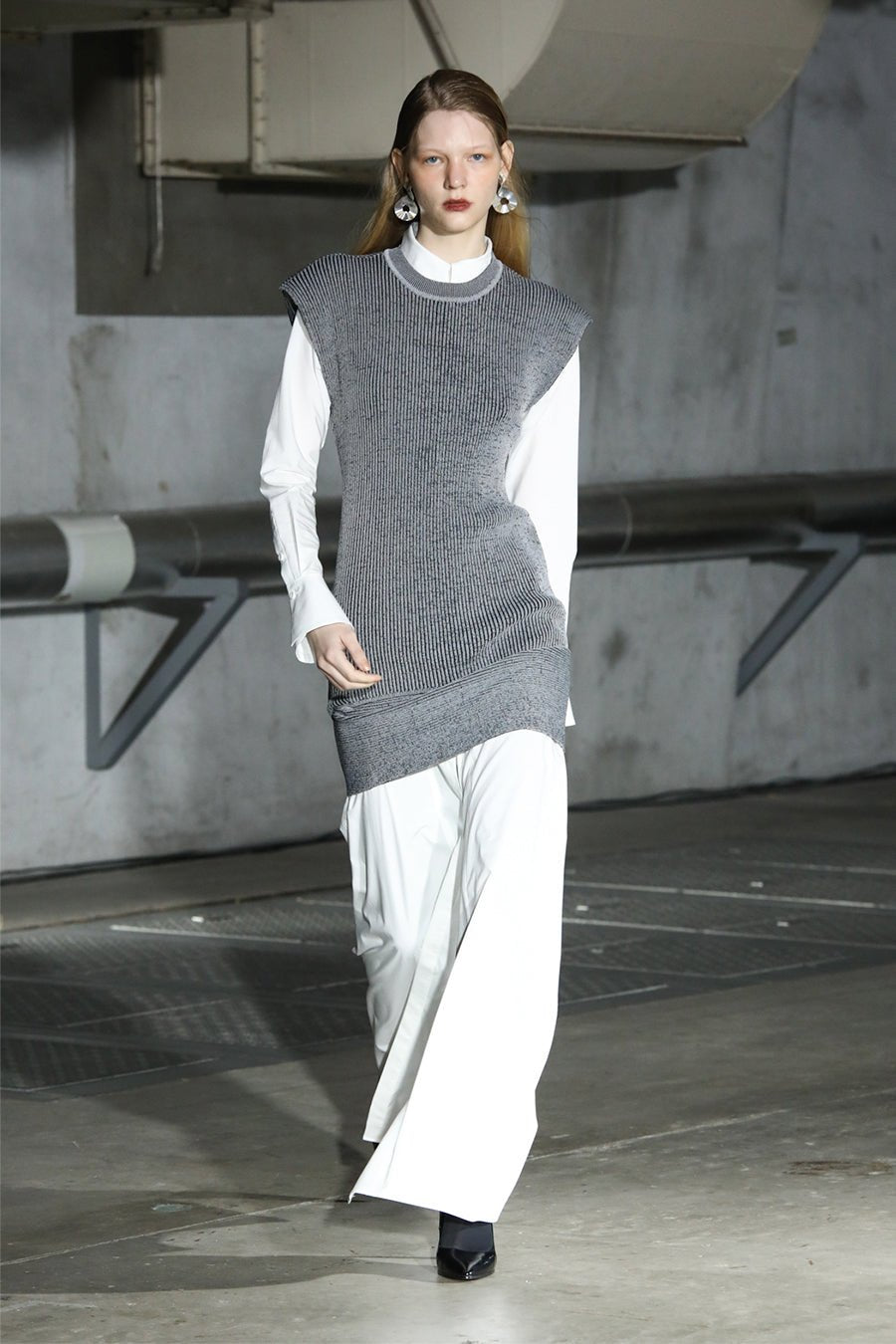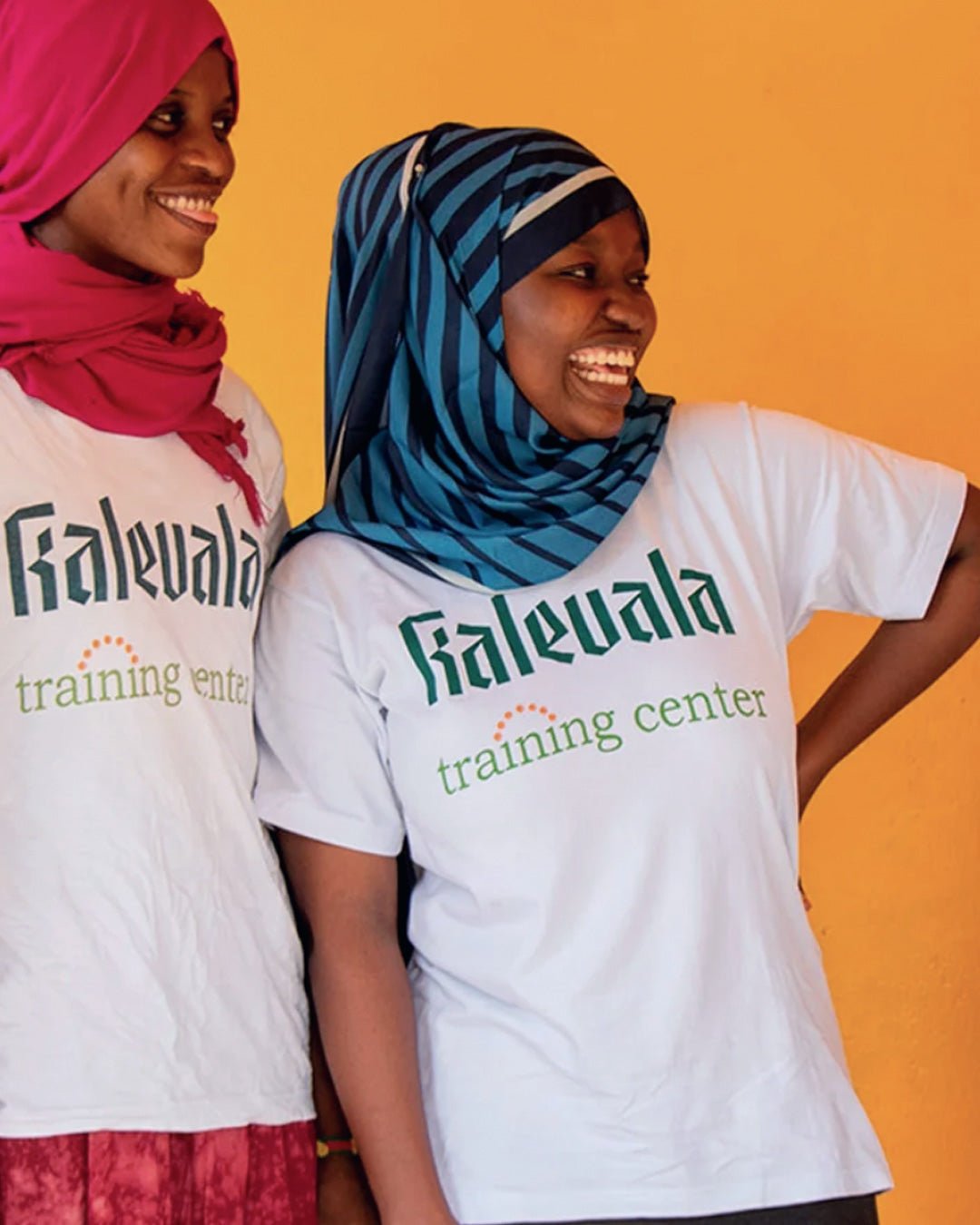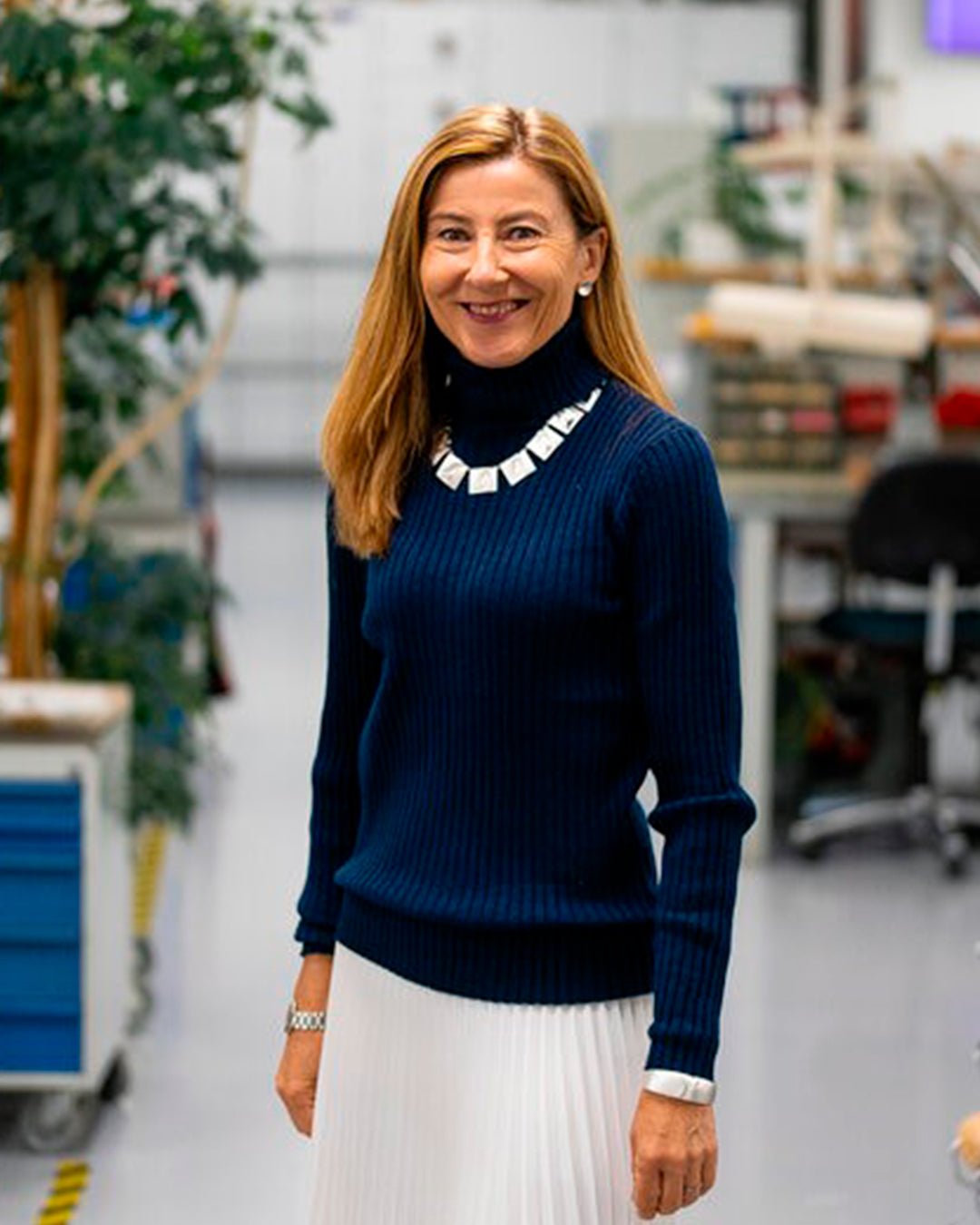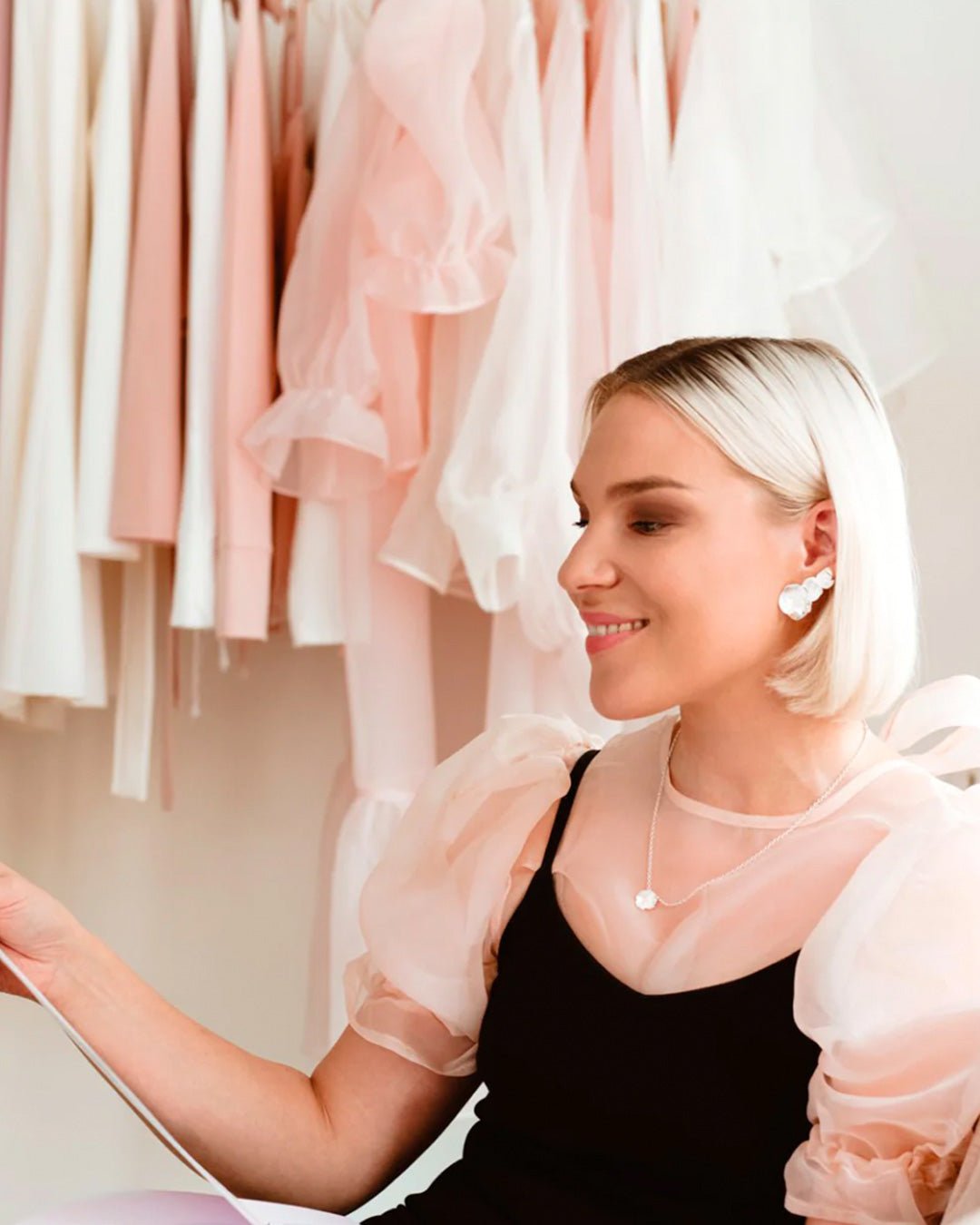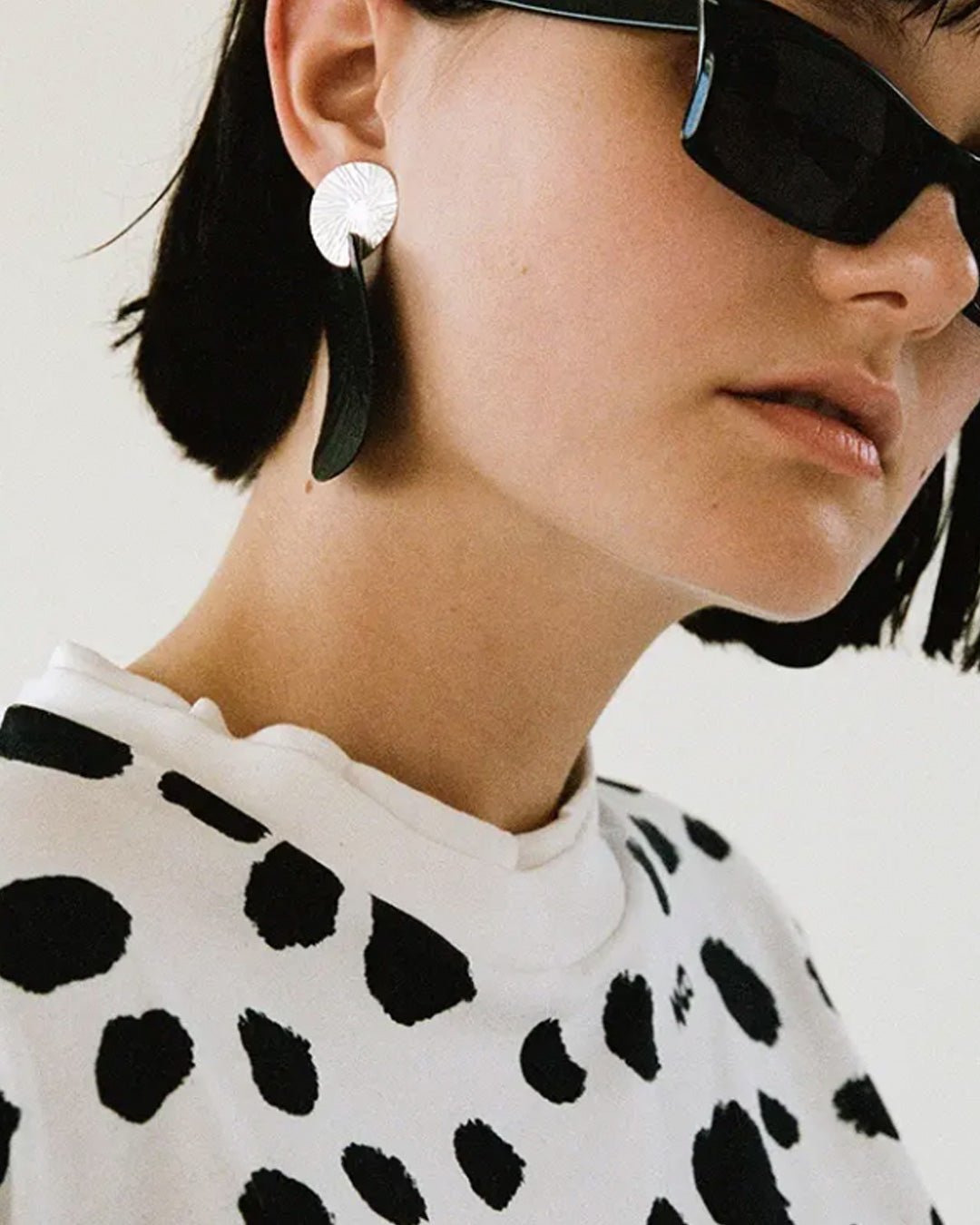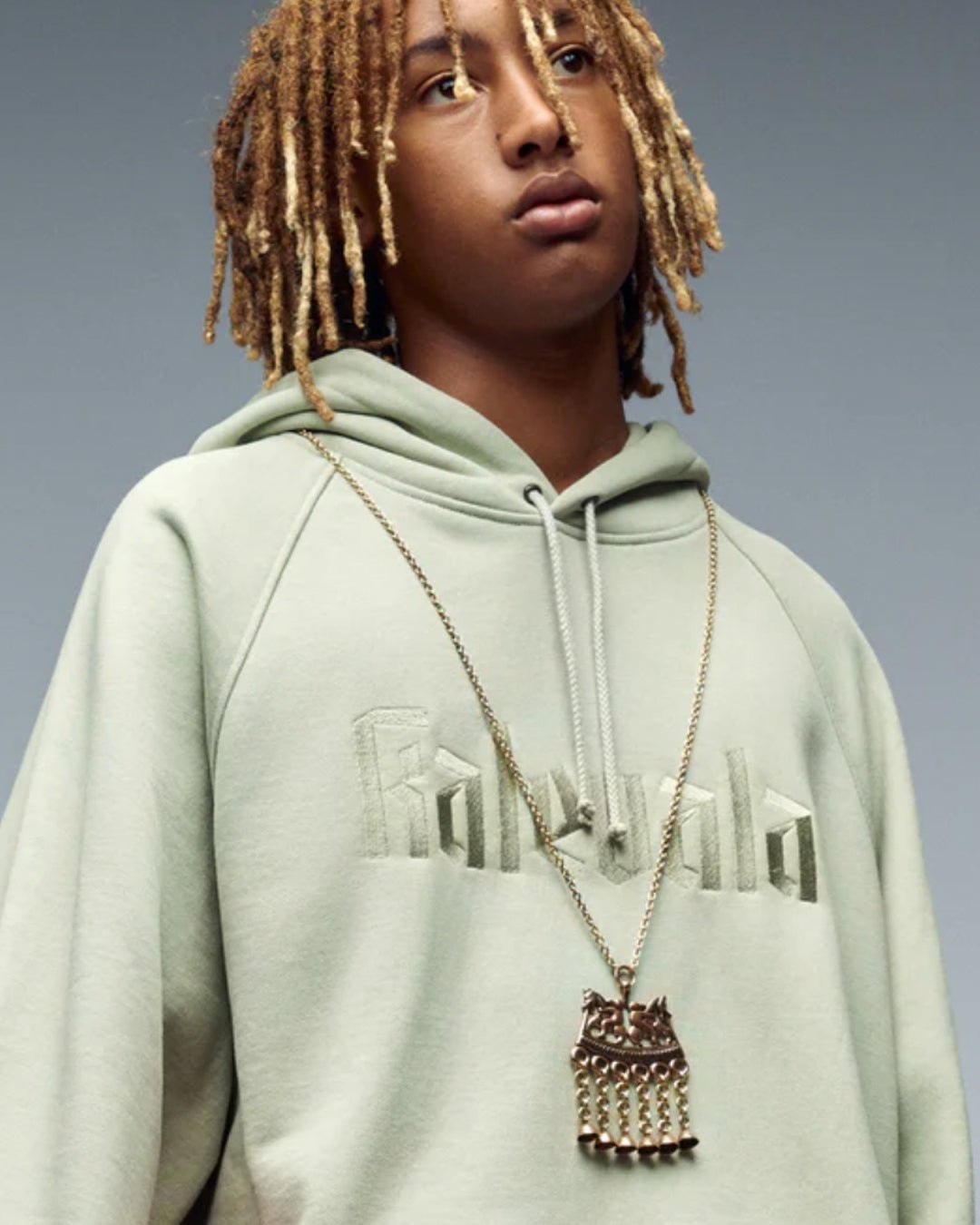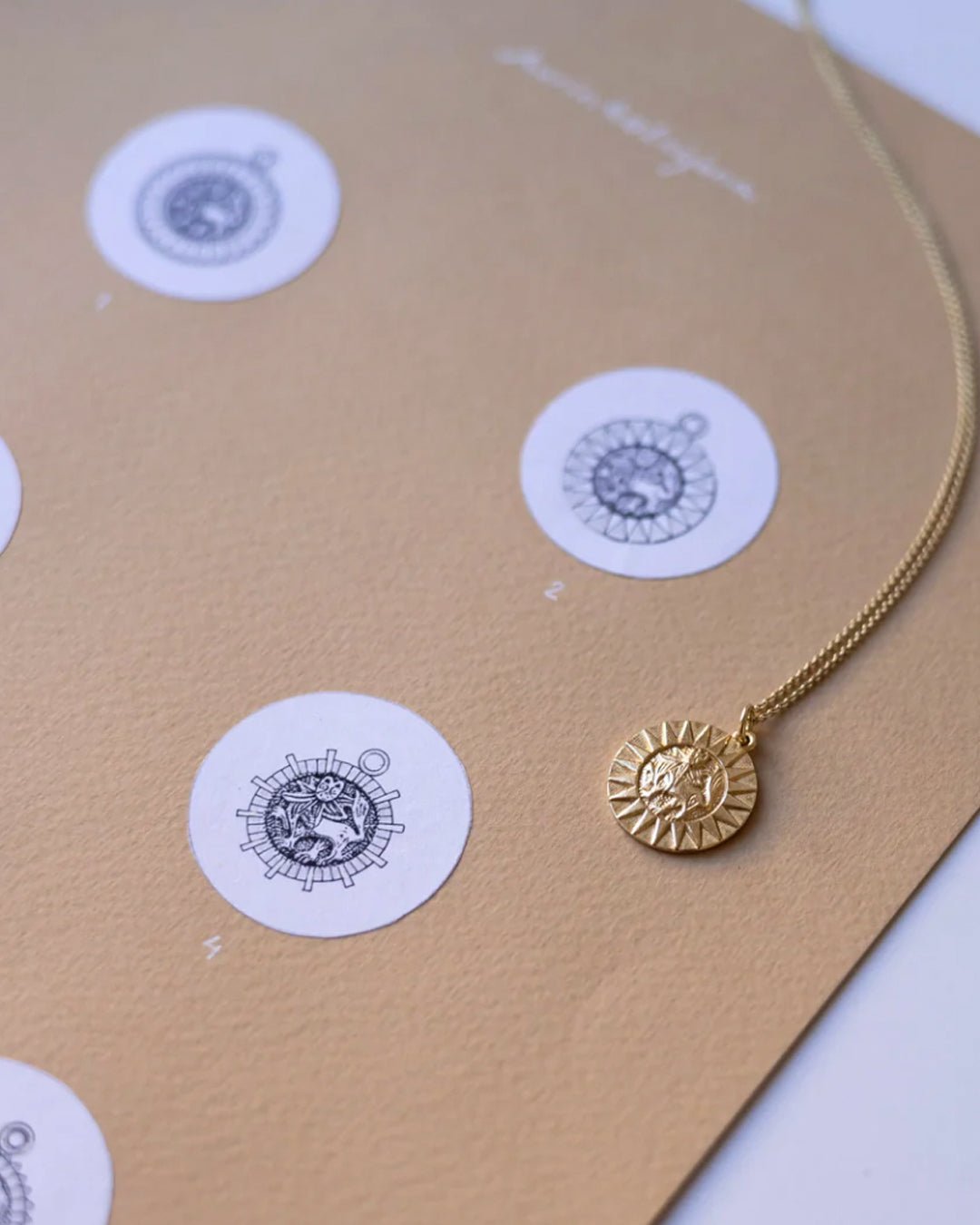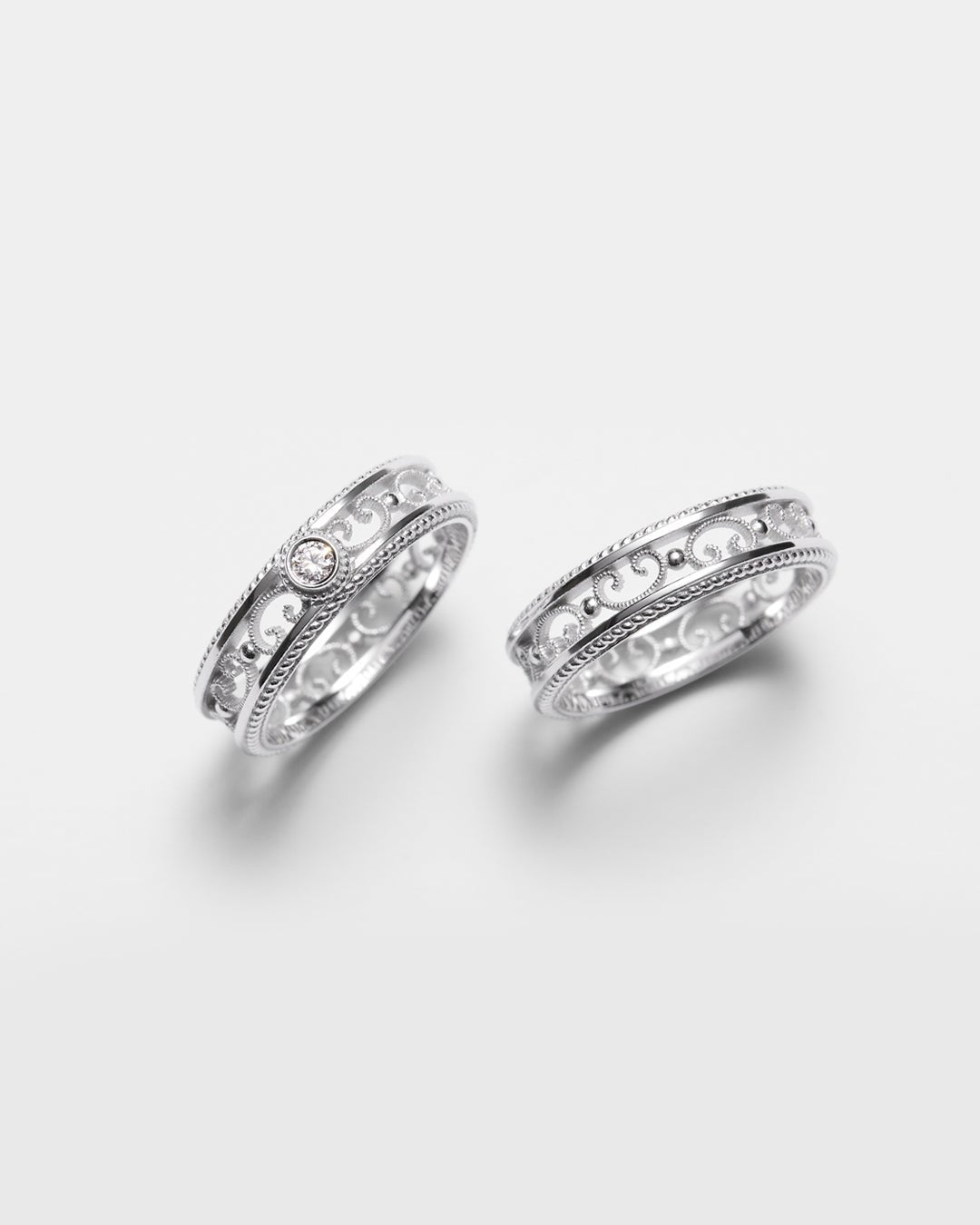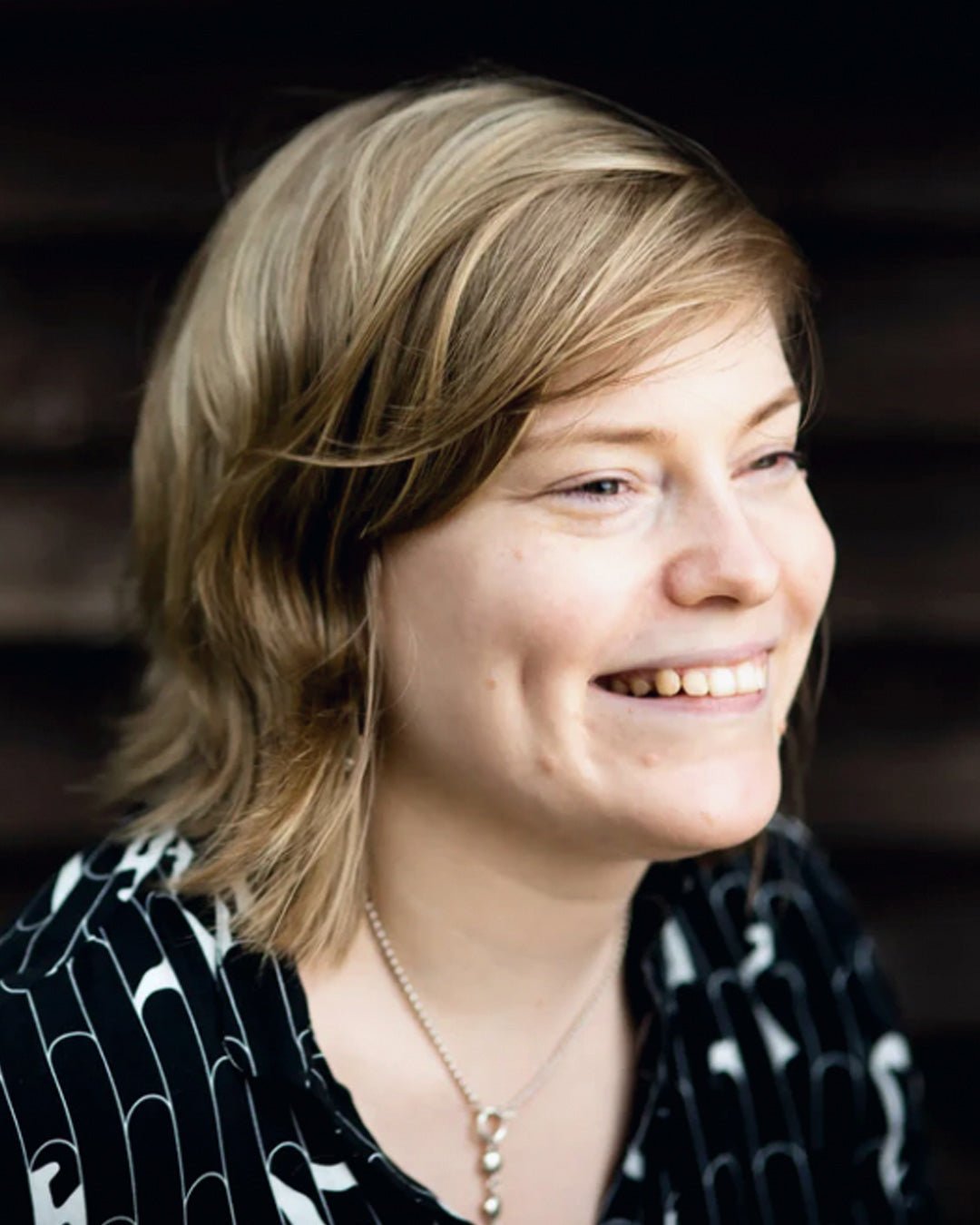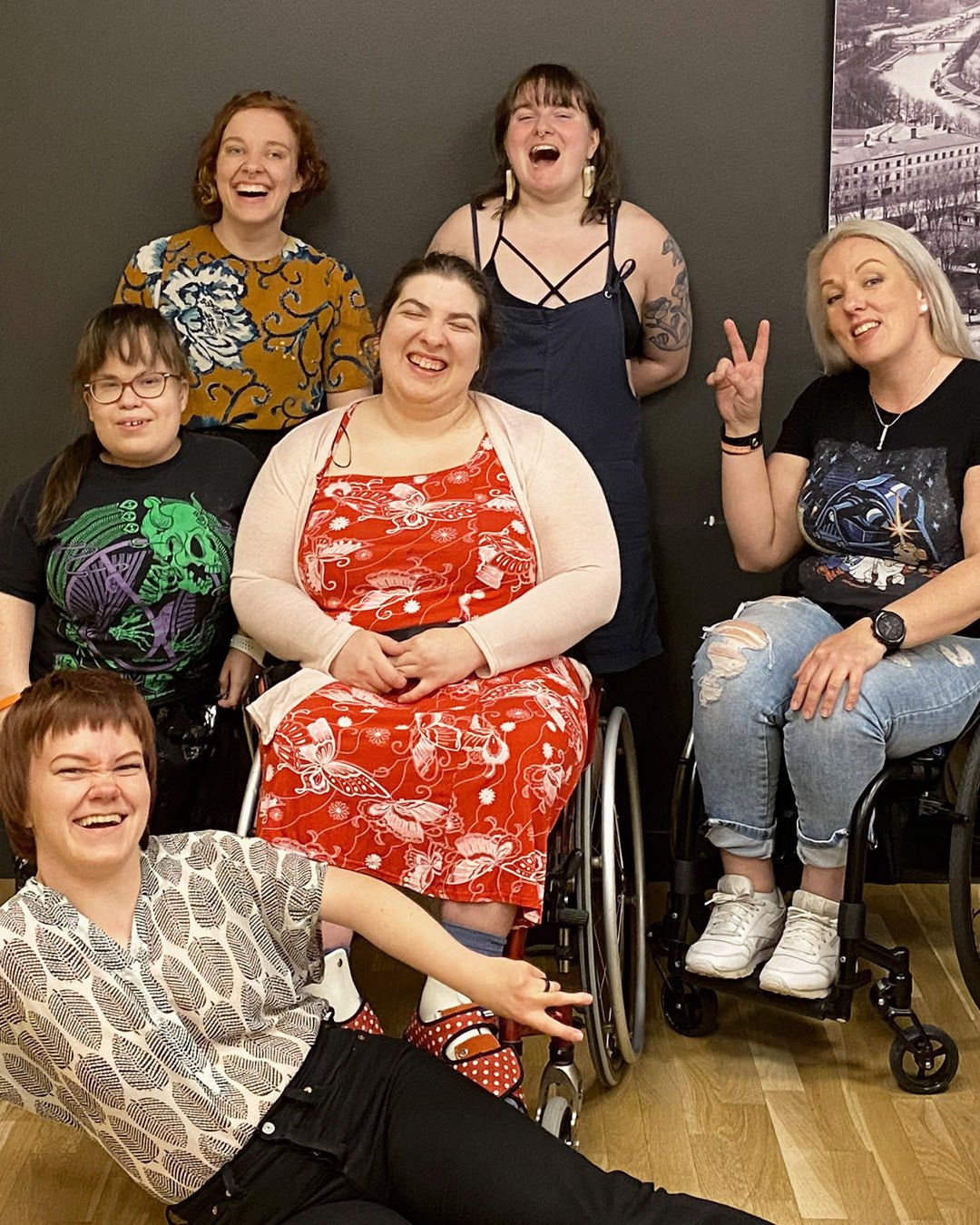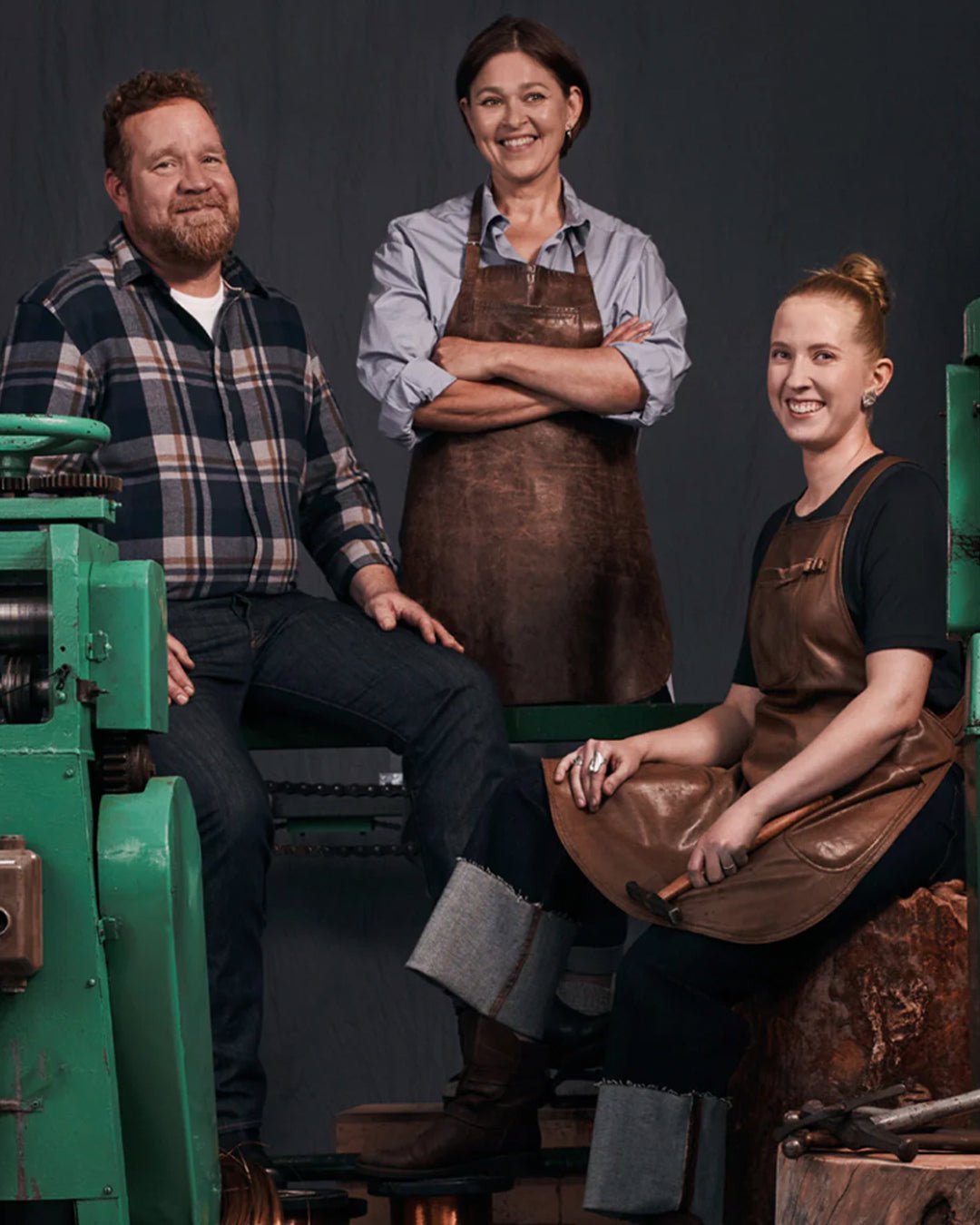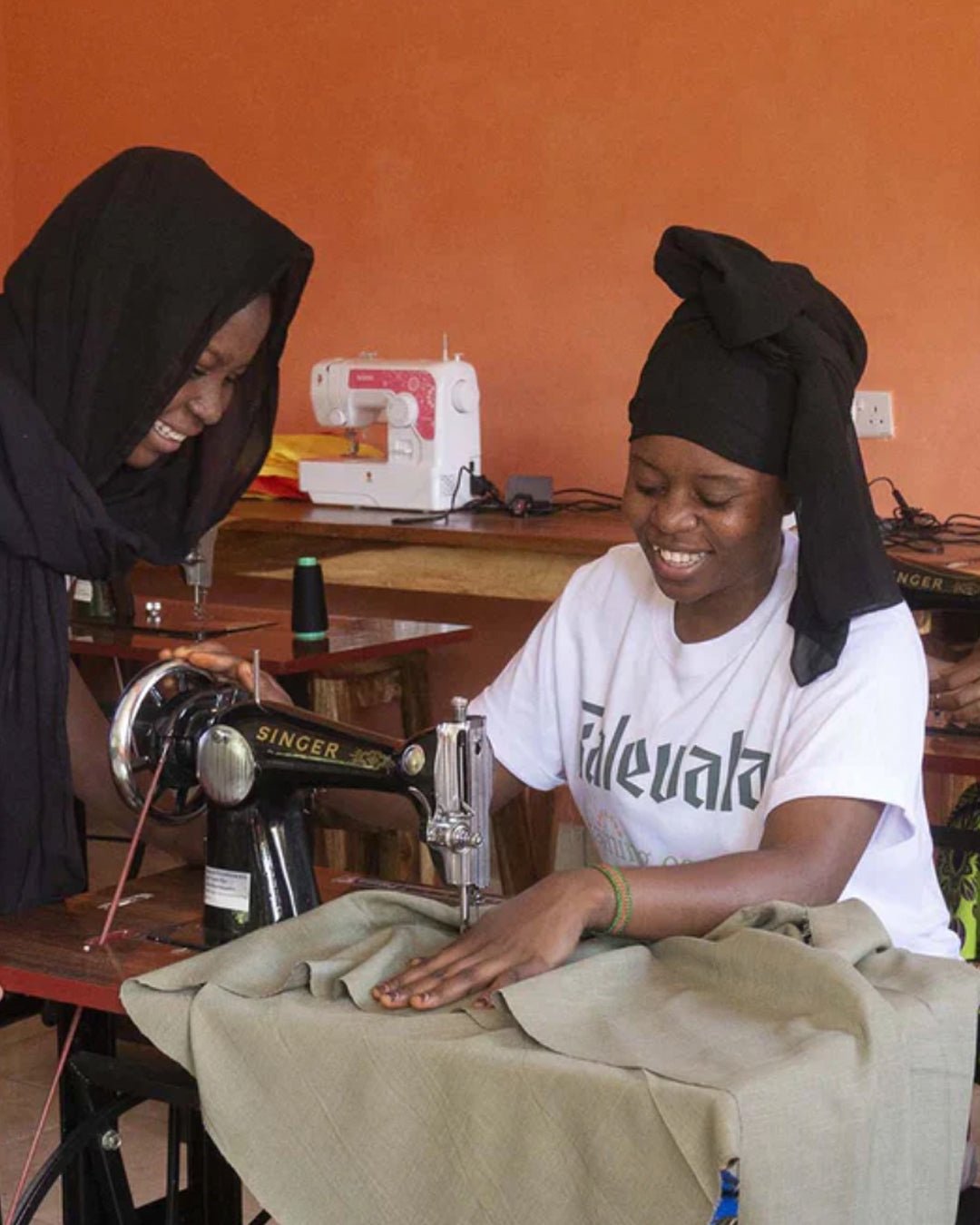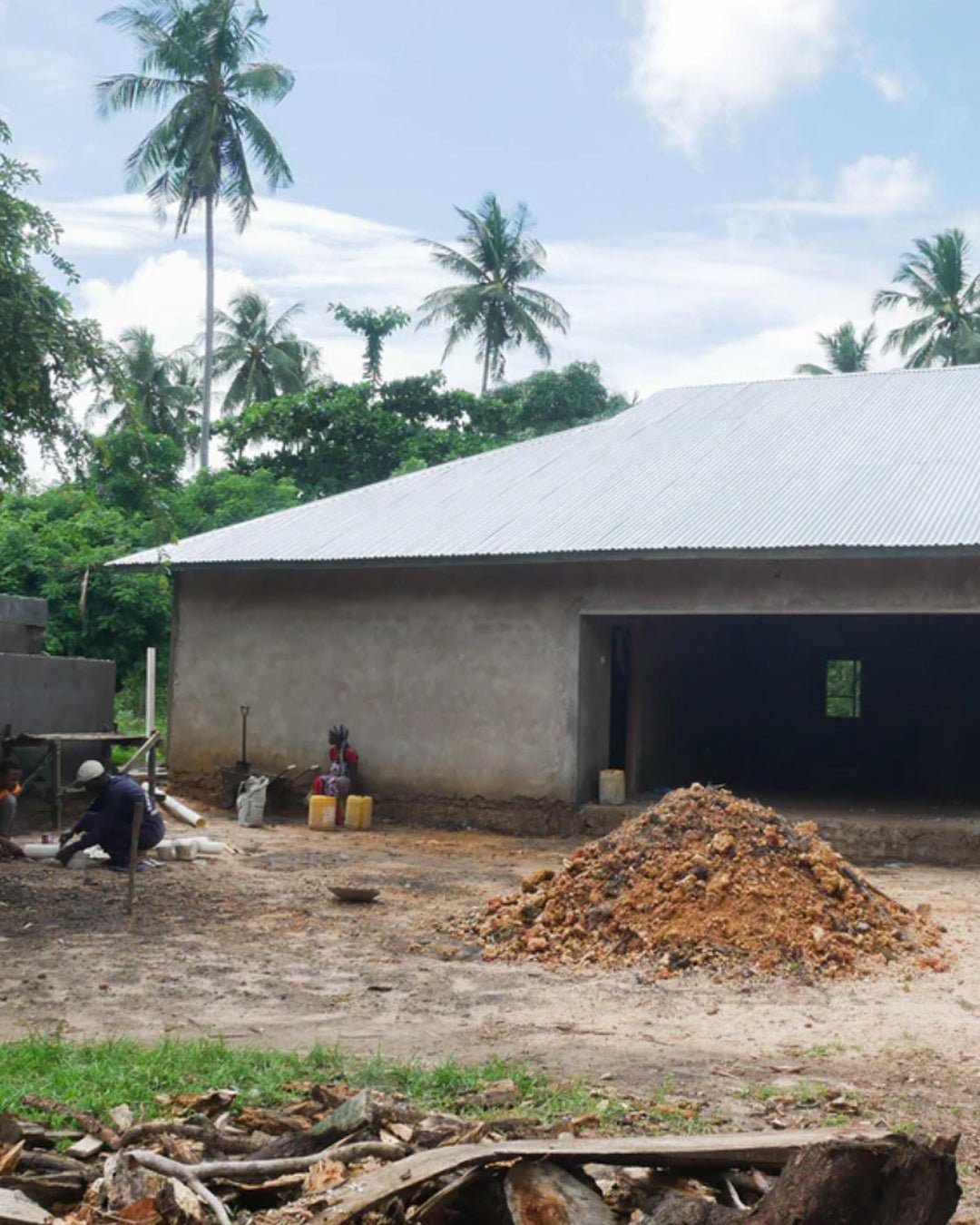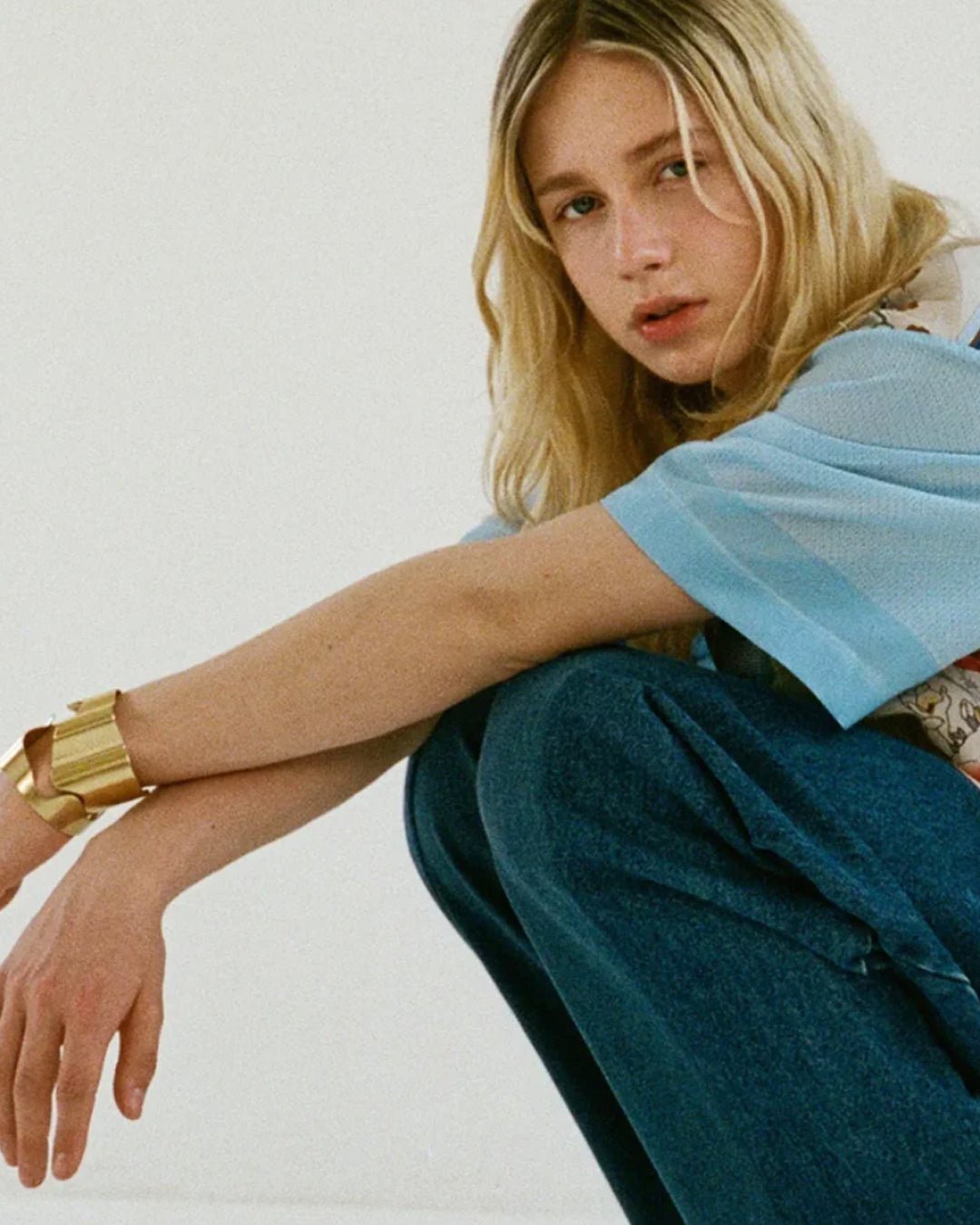Responsible manufacturing
To us, responsible jewelry manufacturing means activities that save the environment, respect human rights and promote the well-being of the community. For Kalevala Jewelry, it has always been important to pave the way towards a sustainable, equal world.
Over the decades, this has meant sticking to domestic Finnish jewelry manufacturing, making jewelry sustainably to last over time, and using the profits to support the weaker sections of society.
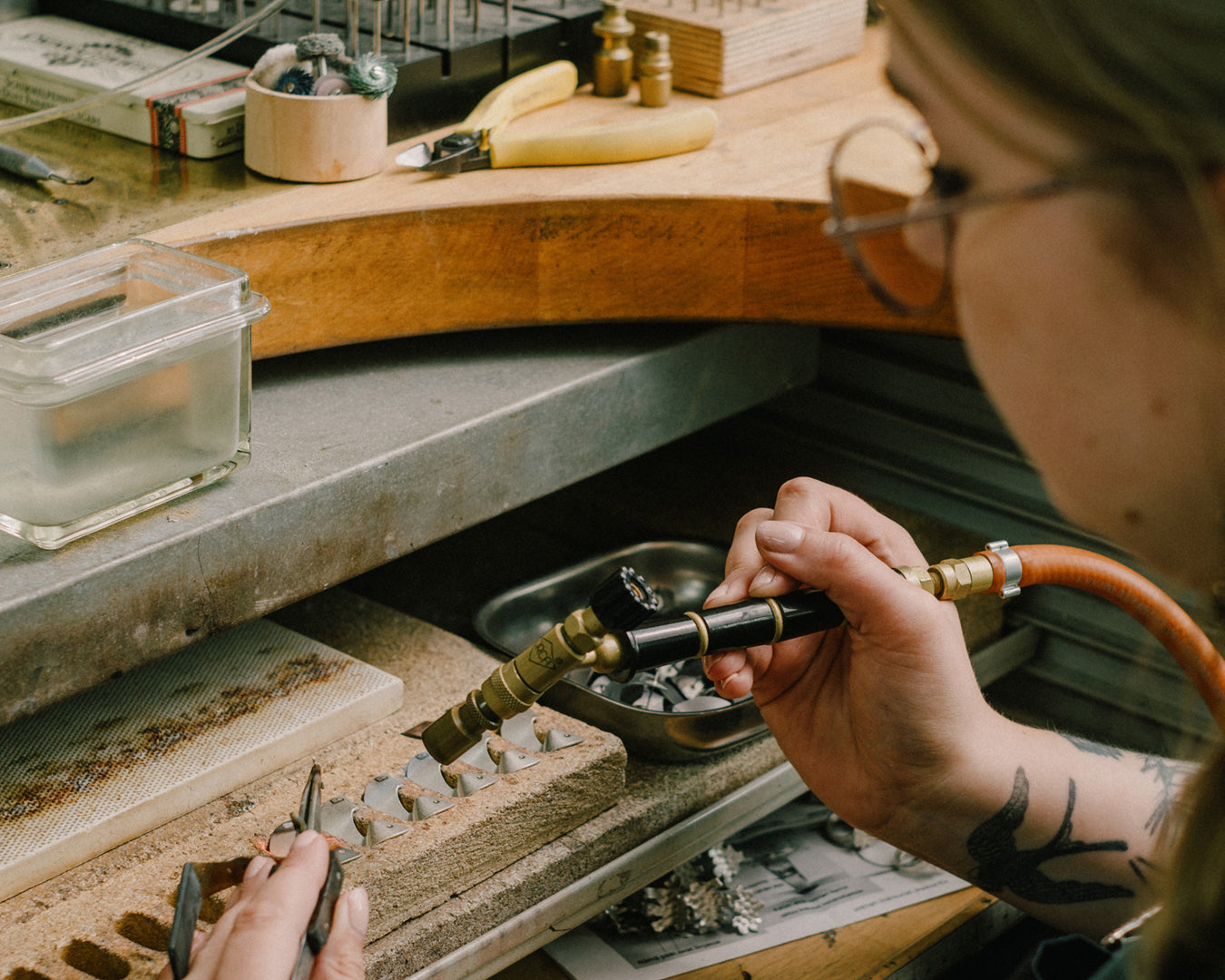
A modern jewelry factory in Helsinki, Finland
We make jewelry in one of Europe's most modern jewelry factories in Helsinki. Our factory is illuminated by energy-saving LED lights, and the electricity we use is produced by wind power and solar panels located on the roof of our factory.
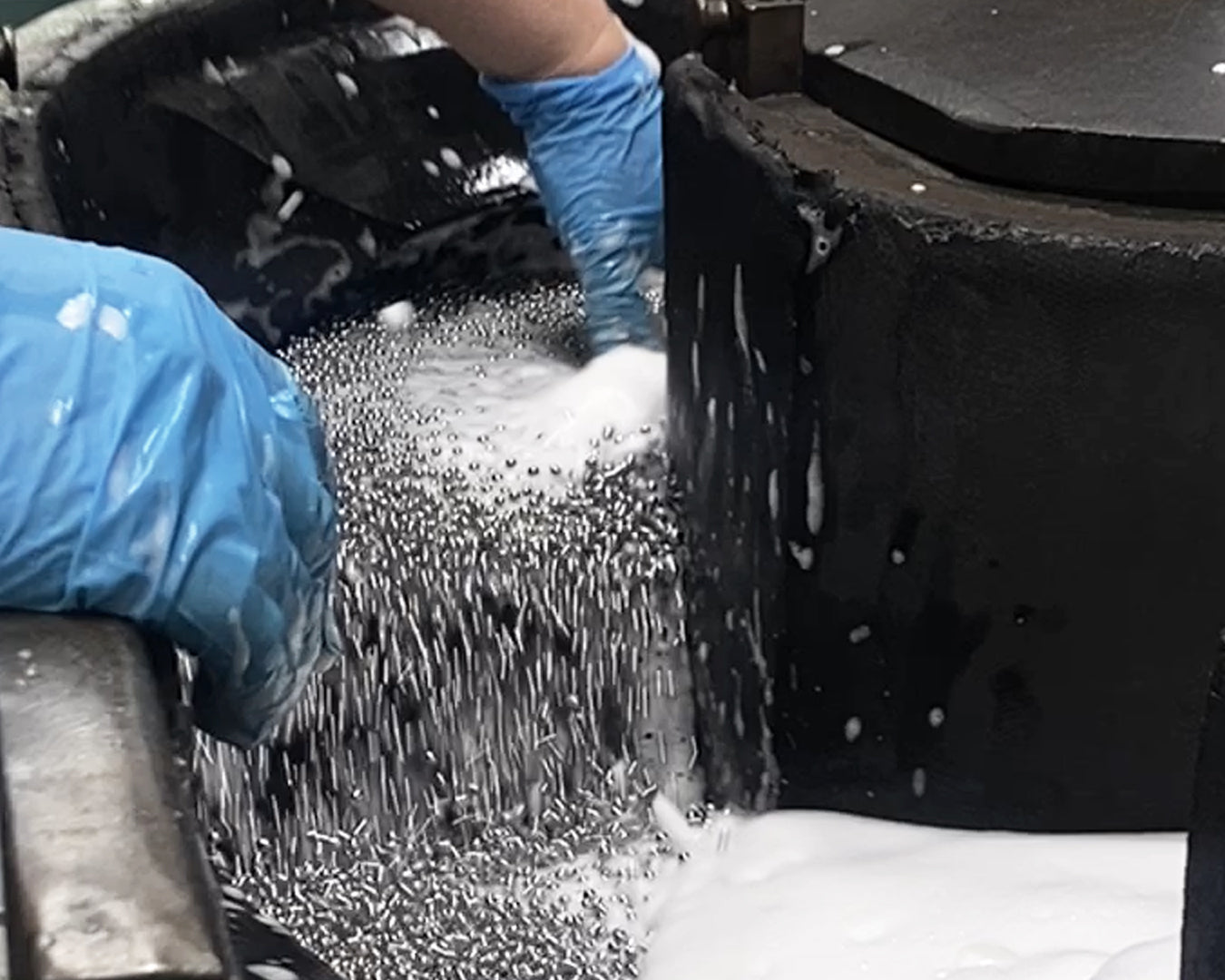
Own water treatment plant and water recycling
We have invested in renewing the technology of the process water treatment system and switched from chemical precipitation to modern vacuum distillation. State-of-the-art equipment is located in the cellar of our house, which very precisely and energy-efficiently separates chemicals and metals from the process waters generated in the various stages of jewelry manufacturing before discharging them into the municipal sewer network. We recycle part of the water we clean back into the production processes, which reduces our factory's water consumption.
We recycle part of the water we clean back into the production processes, which reduces our factory's water consumption.
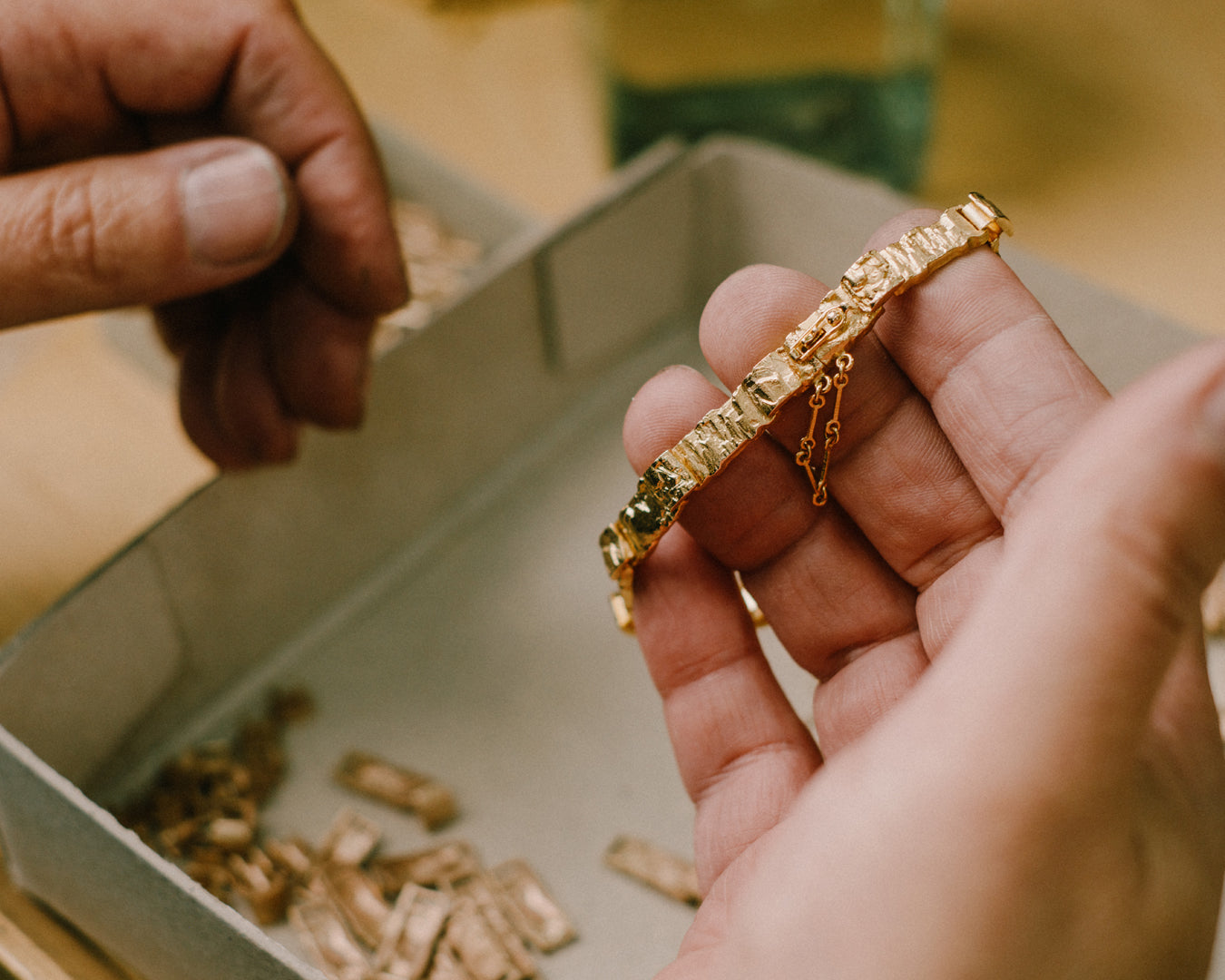
Responsible materials and recycling
The recycling rate of the precious metal we use in the manufacture of our jewelry is high, fully 100% for gold, more than 99% for silver, and the bronze is also partially recycled.
Making jewelry from recycled raw materials consumes natural resources many times less than using new raw materials. In addition to using recycled precious metals, we accurately collect the precious metal waste generated during manufacturing. All precious metal waste is recycled and cleaned for reuse – even the metal dust generated during the grinding process.
All precious metal waste is recycled and cleaned for reuse – even the metal dust generated during the grinding process.
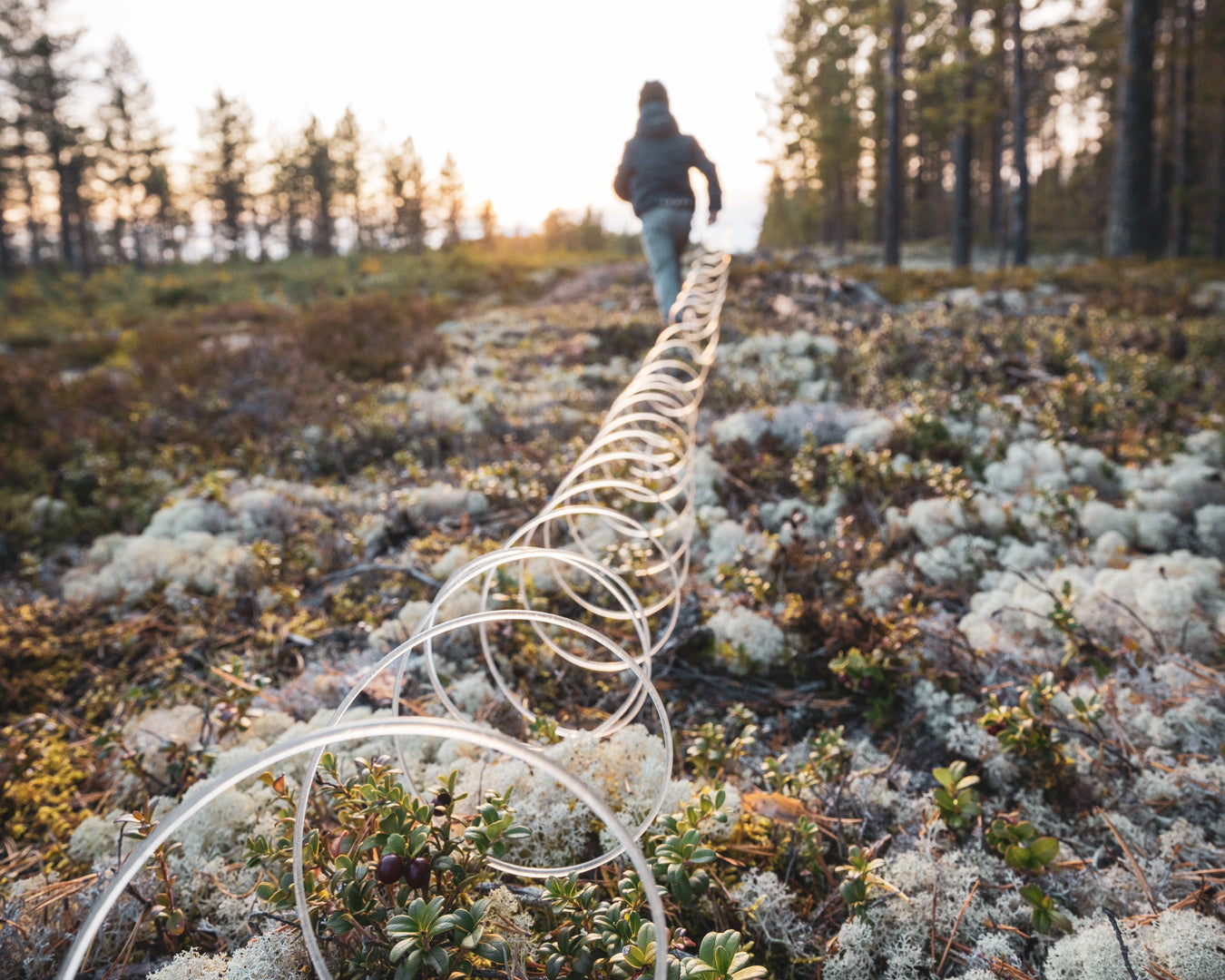
Own product development and renewable, innovative biomaterials
We carry out continuous product development and look for new, sustainable solutions,
materials and methods for making jewelry.
We are currently testing the potential of bio-based materials. An example of this is the Nolla jewelry series, which brings the renewable, innovative biomaterials of the Finnish company Brightplus to Kalevala jewelry.
Biomaterial is made from plant-based sources, such as hemp,
from sugar cane and legumes. The new biomaterial used in jewelry is
a plastic-like, renewable raw material developed in Finland that does not leave any residue
environmentally harmful, long-lived microplastic at the end of its life cycle.
Colors also come from nature; black from soot, blue from lingonberry plant and green from metal oxide. The designer's inspiration is the endangered flowers of Finnish nature and especially the grove problem.
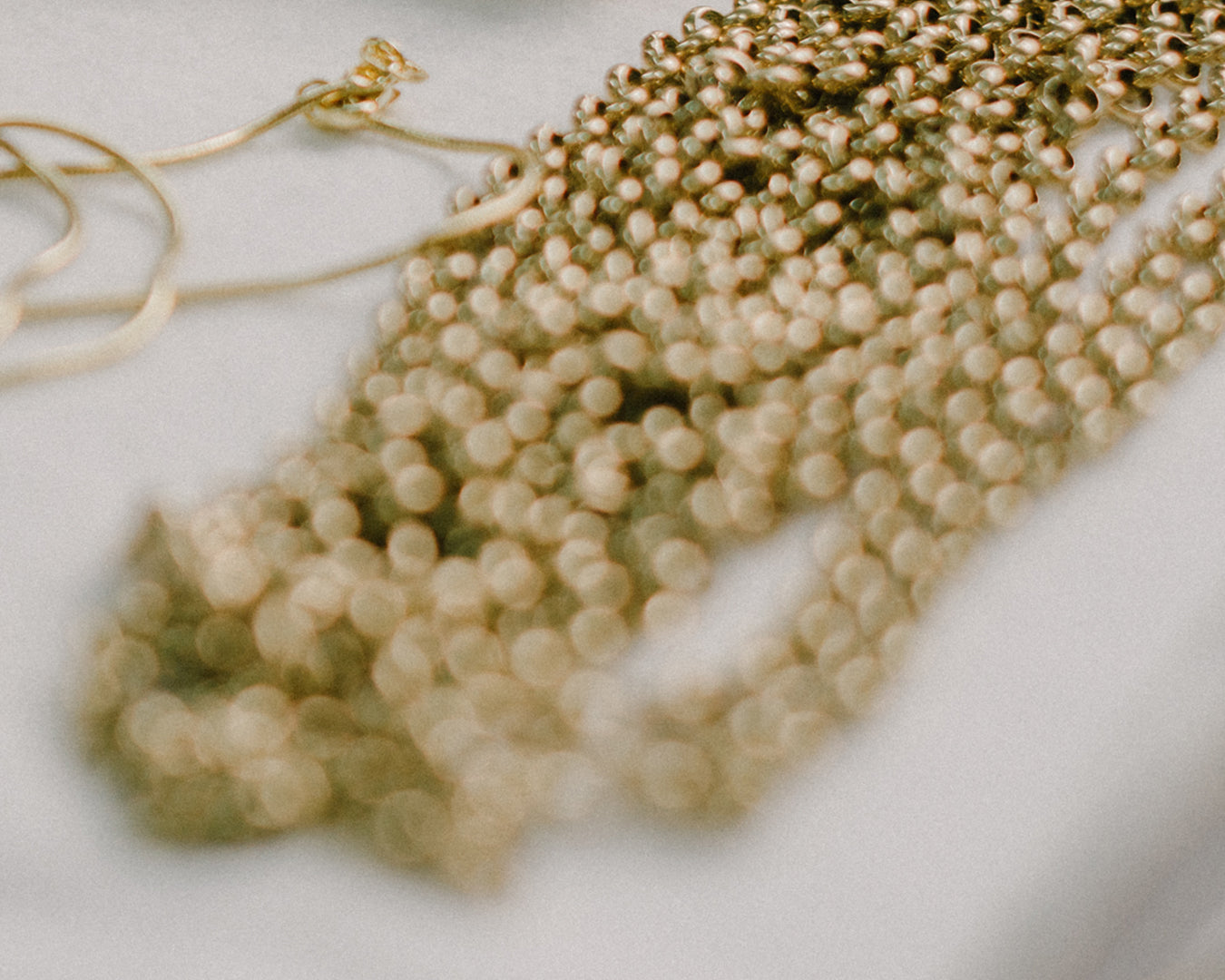
Material suppliers
Thanks to our own, domestic manufacturing, we have a limited number of partners in our supply chain and we have exact criteria for them. We prefer domestic and European partners as suppliers, in which case legislation is uniform and supervision is also easier.
We source the components of our jewelry, such as chains and locking mechanisms, from our reliable and long-term partners in Finland and Europe.
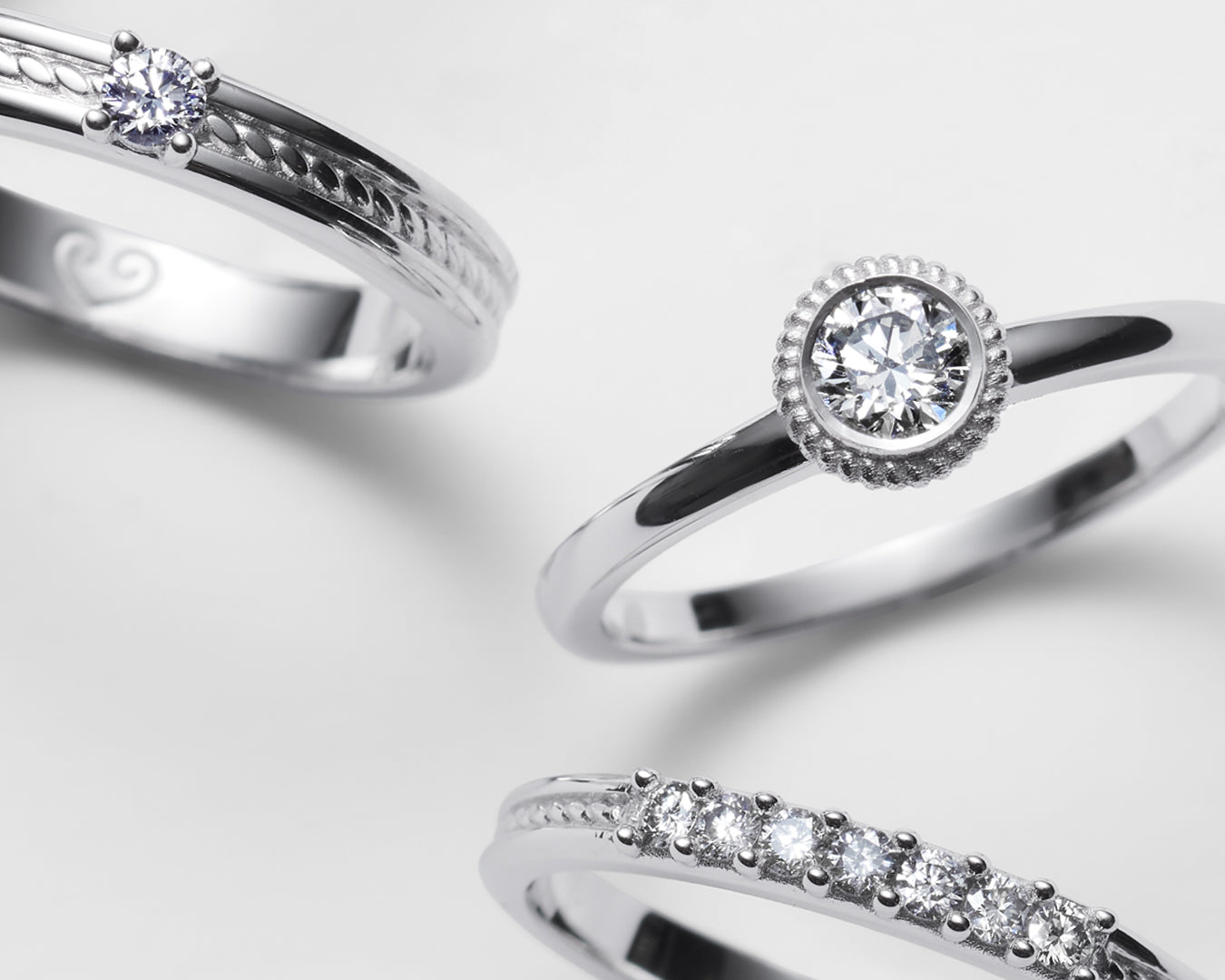
Mined and laboratory diamonds
The diamonds used in our jewelry come from trusted partners who are committed to the Kimberley Agreement and are members of the Responsible Jewelry Council . This guarantees a responsible supply chain from the diamond mine to the buyer of the diamond jewelry.
Lab-grown diamonds have the same properties as natural diamonds and are indistinguishable from each other. The laboratory diamonds we use have their own marking as proof of the manufacturing method.
Laboratory diamonds are generally considered ethical and ecological alternatives to mined diamonds. This is influenced by e.g. the environmental effects of mined diamonds and the effects on local communities. On the other hand, growing laboratory diamonds consumes energy, which brings with them various ecological and ethical issues. The laboratory diamonds in our rings are made in Europe.
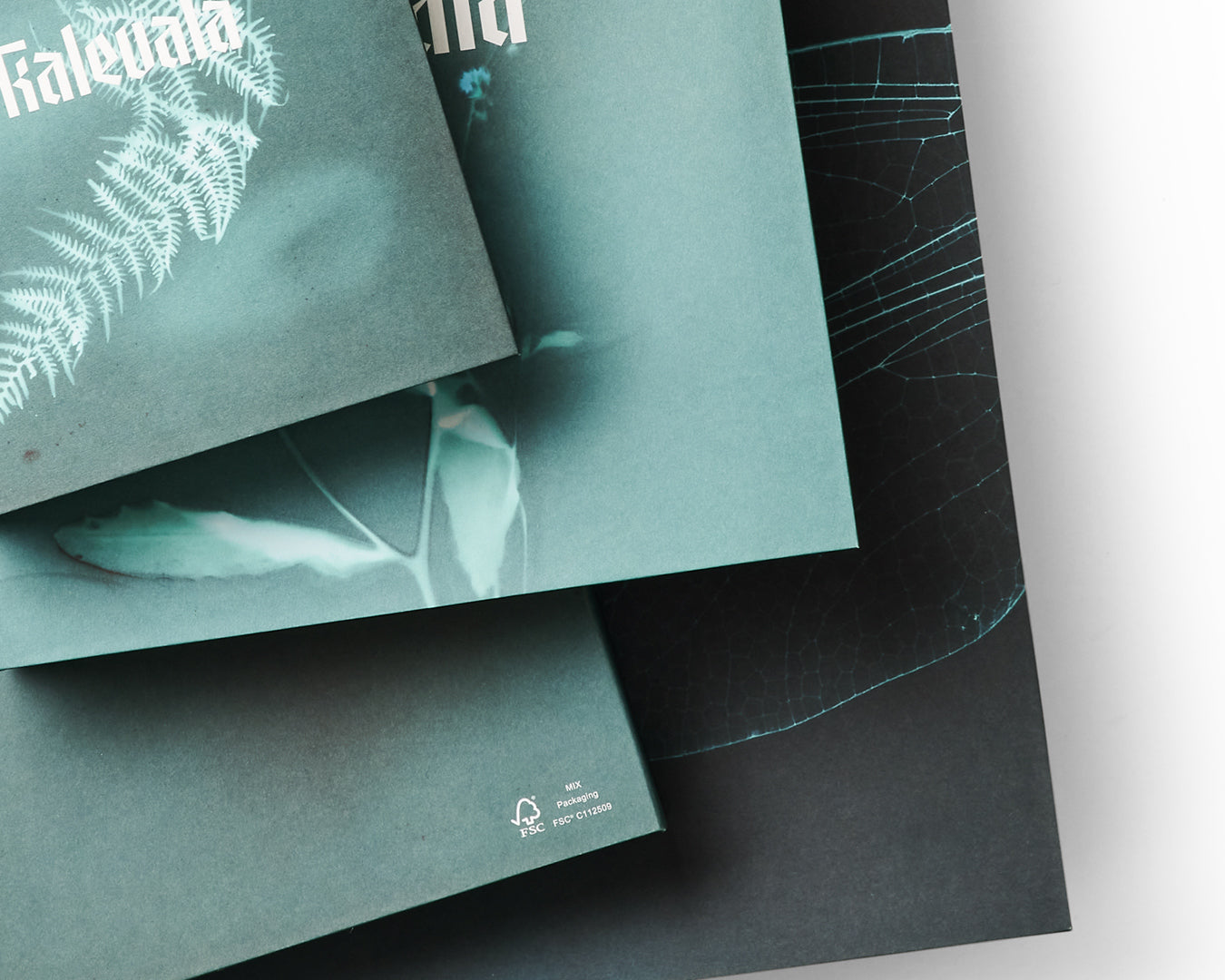
Packaging materials
The jewelry boxes we use and the packaging used in online store deliveries are made from FSC-certified cardboard, which guarantees that the packaging materials come from well-managed forests that produce ecological, social and economic benefits.

